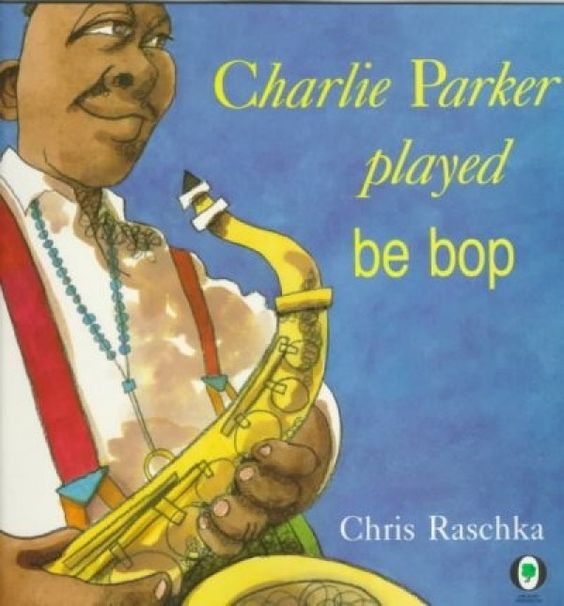
How Are We Connected?
Stop. Think about the sounds and songs you have created or still create, to entertain and engage infants and children (or even yourself) In fact some of us adults use the bebop sounds and to entertain ourselves when we want to remember something or when we can’t remember lyrics.
Even if you aren’t familiar Charlie Parker, Dizzie Gillespie or any of the other jazz beboppers, or their music, you most likely can relate and even connect to the rhythm, the beat, the sounds and/or creativity of the jazz style known as bebop. Regardless, you can definitely relate to onomatopoeia.
One of the great things about bebop is that it is engaging to a listener, whether a baby or an adult. Remember their smiles and laughter as you said/read the words. Often if you made up some new words, they would join you on the creation journey. As a child the sounds, the “nonsense” words, and the rhythm are much like some of the Dr. Seuss books; it brings a smile to the listener’s face. The more you listen to it, the more difficult it is to get the sounds and words, and oh, yes, the rhythm out of your head. It makes you want to tap your feet, clap your hands or snap your fingers, if not all three. Truth be told, as an amateur storyteller and a reader, I still love to read and tell stories using onomatopoeia, beats and various rhythms. I even enjoy inviting my listeners to join in creating rhythms, beats, sounds and new words. Like jazz, improvising not only engages, it connects!
Bebop and hip-hop, in so many ways, they’re connected. A lot of rappers remind me so much of bebop guys in terms of improvisation, beats and rhymes… —Quincy Jones
https://www.brainyquote.com/quotes/quincy_jones_601576?src=t_bebop
Unfortunately, bebop is not a well known musical style among the young people of today, but the hip-hop is familiar among those who don’t have a preference for it. Sharing easy-to-read books like Charlie Parker Played Be Bop by Chris Raschka and Jazz Baby by Lisa Wheeler to the curriculum is a great way to introduce bebop and also to provide opportunities to connect the two with student products and productions.
“What makes bebop legitimate is the fact that when it was done, it was illegitimate.” —
https://www.brainyquote.com/quotes/matthew_shipp_242242?src=t_bebop
Matthew Shipp
For some students, sharing the fact that bebop once was illegitimate and restricted much like hip hop, rock and roll, rap, and many other genres will not only engage them, but will also help them connect. After all, many of us have gone through the generational, musical rebellion stages.
The Be Bop Books

Charlie Parker Be Bop by Chris Raschka is a children’s board book that takes what some children or teachers would called nonsense words and create musical and lyrical songs.
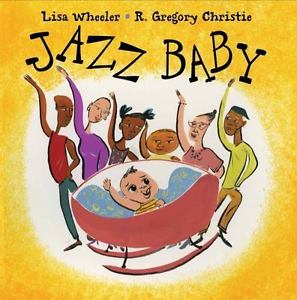
Jazz Baby by Lisa Wheeler and illustrated by R. Gregory Christie is an easy-to-read children’s book. When it comes to onomatopoeia, rhythm, and beats it serves as a wonderful introduction to rhythms and beats, whether it is one related to instruments, singing, dancing or the sound stimulated from hand claps, finger snaps or beats. In the book, a baby inspires his entire extended family to sing, dance, and get into the rhythmic groove. The book ends when the music and active engagement makes the baby sleepy and soon he falls fast asleep.
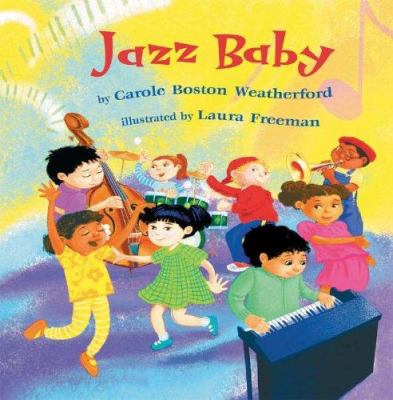
Carole Boston Weatherford‘s Jazz Baby is a great book to introduce not only the rhythms of jazz, but also some of the instruments. If you are able to use it in conjunction with Wheeler’s Jazz Baby, I encourage you to do so. They compliment each other and reinforce how jazz incorporates onomatopoeia, rhythm and beats. Additionally, Laura Freeman’s illustrations are colorful, showing children playing the trumpet, drums, piano and bass as they clap their hands, snap their fingers, tap their feet, sway, dance and move to the beats and sounds.
Getting Engaged
Engagement:
- Play some bebop music and invite the children to let the music move them. Get up and move with them. You may want to take it step-by-step (i.e. “Let’s clap to the beat. This time let’s snap our fingers. Now let’s tap our feet.” Okay, are you ready, get up and let’s sway,…”
- Before you read one or more of the books, listen to some bebop songs. Discuss what they hear.
- Before playing some bebop songs, you may want to do a classroom KWL chart where students write. (see below)
- Brainstorm a list of sound words with your kids and have them find objects in the room that make those sounds.
- Brainstorm bebop words.
- While reading the book(s_ aloud, have the listeners say the bebop phrases in the story. Vary the tempo, say them fast, slow, high, low. Shout them, whisper them. Do it in a round. Play with the variations!
- Play a jazz song and ask students to keep the beat using a home-made or store bought instruments. If instruments are not available, they can tap fingers on the desk, click their teeth, snap their fingers or clap their hands, stomp their feet, etc.
- Use a Venn Diagram to compare and contrast two of the books. Add a third circle if you want to compare and contrast all three. Although I have included a Venn Diagram that can be copied, in the classroom, I like to go a step forward and use hoola hoops and post-its to provide a visual, tactual, and kinesthetic experience. If the word is read out when chosen or provided, it also offers an auditory and aural experience. (see below)
- Use a Venn Diagram to compare and contrast bebop and hip hop. (see below)
Connections:
- Have students read the books to others or to another class.
- Record (audio or video) students giving the reading their own spins! Encourage improvisation. Let them personalize the readings. Some may even decide to do it with out reading. Allow them to do so. If they want to create their own book, encourage them. Remember you are trying to get them to apply knowledge and skills, not to simply memorize or recite.
- If your class makes their own “Jazz Kids” class book, have them share with someone else. I believe in audiences beyond the teacher, beyond the class. Make it real. I love taking my older students to the classrooms of younger children. One of my students’ favorite class presentations was to a class of students with disabilities.
- Have students make homemade instruments (see the one below that my son made with poster-board, old storage container, faux leather, chunky/bulky weight yarn, a tassel and pieces of plastic.) Once they have made their instruments, have them take a simple song or nursery rhymes and create a jazzy, be bop version. “Row, Row, Row Your Boat, “Three Blind Mice,” “Hickory Dickory Dock,” and “Mary Had a Little Lamb” are a few that work well; be-bop sounds and onomatopoeia work well with these. You can also let them perform the two featured books. If they have real instruments, allow them to use them to celebrate their talent and skills. If someone doesn’t have a store-bought or homemade instrument, allow them to create instruments from items in the learning setting.

Resources
- https://www.youtube.com/watch?v=8aBUZ_StbgU
For those who need inspiration to present the book or if preferred to share with learners, take a look at at this reading I found on youtube; it will not only inspire you, but will leave you with the jazz sounds and beats in your head…https:///watch?v=8aBUZ_StbgU - https://www.youtube.com/watch?v=k46NOwy72ZU This youtube reading shares how the book can be used to engage the students. To help the students connect, have them do a reading performance for an audience. If this isn’t possible, record (auditory or visual) them performing this or their variation of the versionc. Include the recording in packets home, make available for check out with the book in the media center, or even place in a learning center station. e
- Bebop CDs and videos. Also check out if Bebop did rap, especially if your kids are big rap fans,
- If you have several rap and hip hop fans in your charge, you may want to check out Youtube and some of the influences jazz has had on other music. I put in “jazz incluenced on hip hop” and received more results than I needed.
As always, share how you use jazz or bebop to engage and connect. Your can reply in comments or email me at literarilymyway@gmail.com. Don’t forget to give me permission to post your ideas if you send via e-mail.
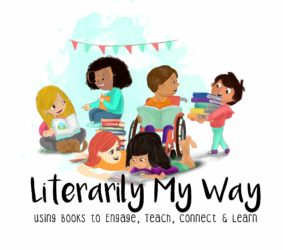
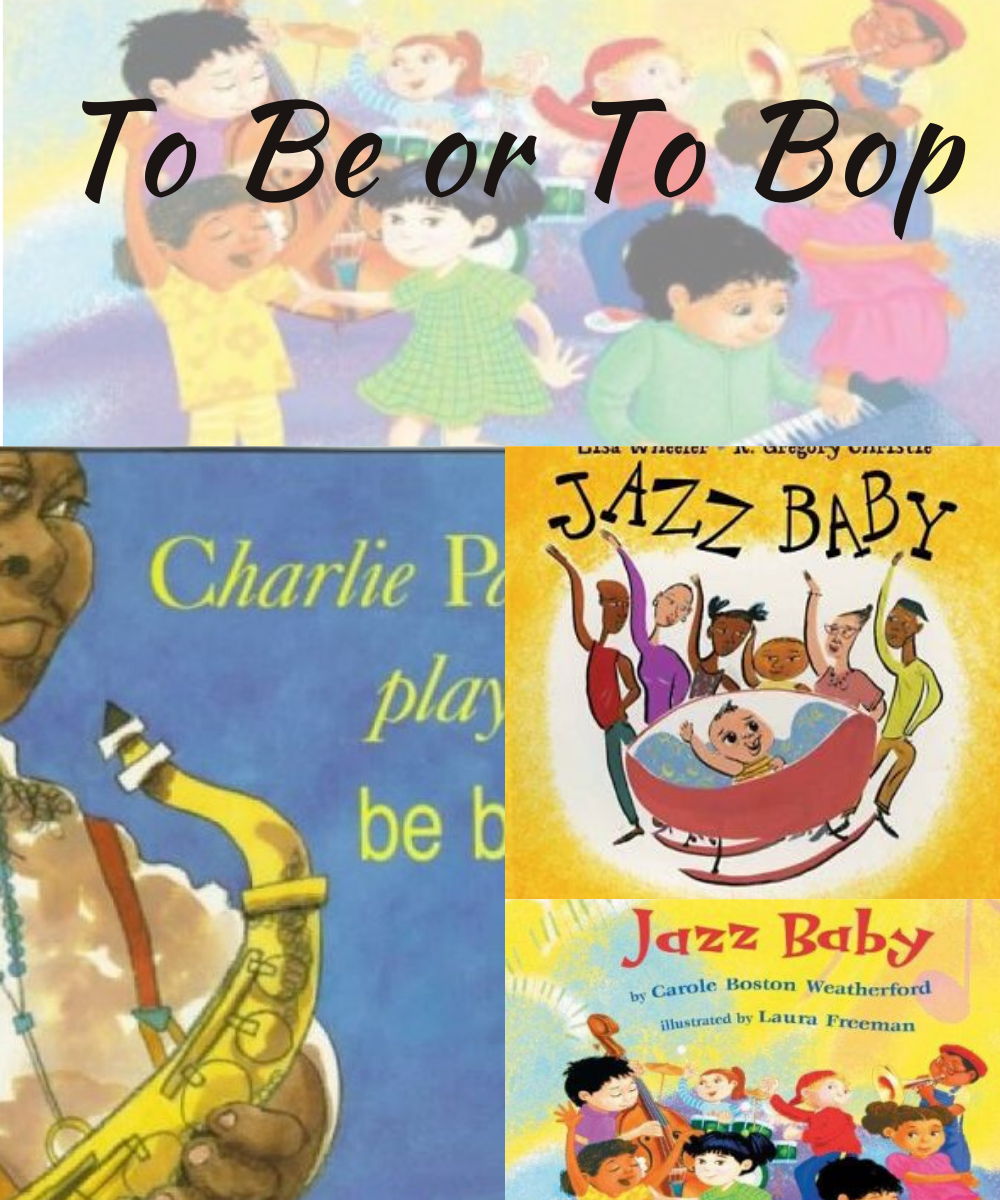
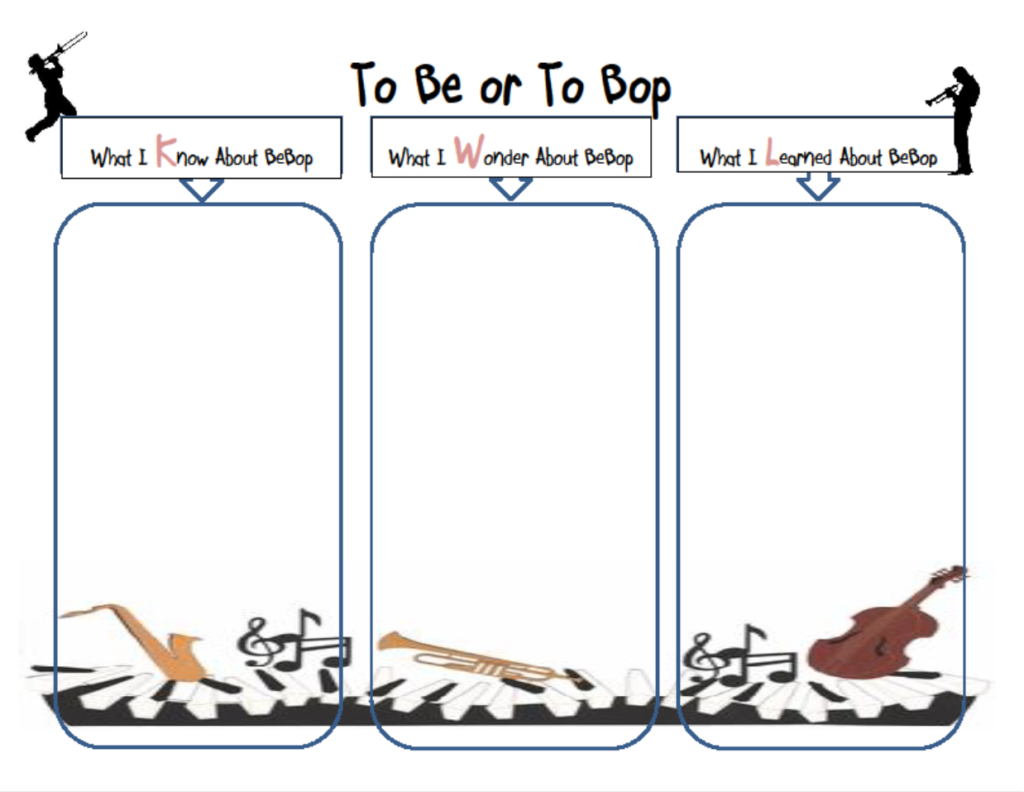
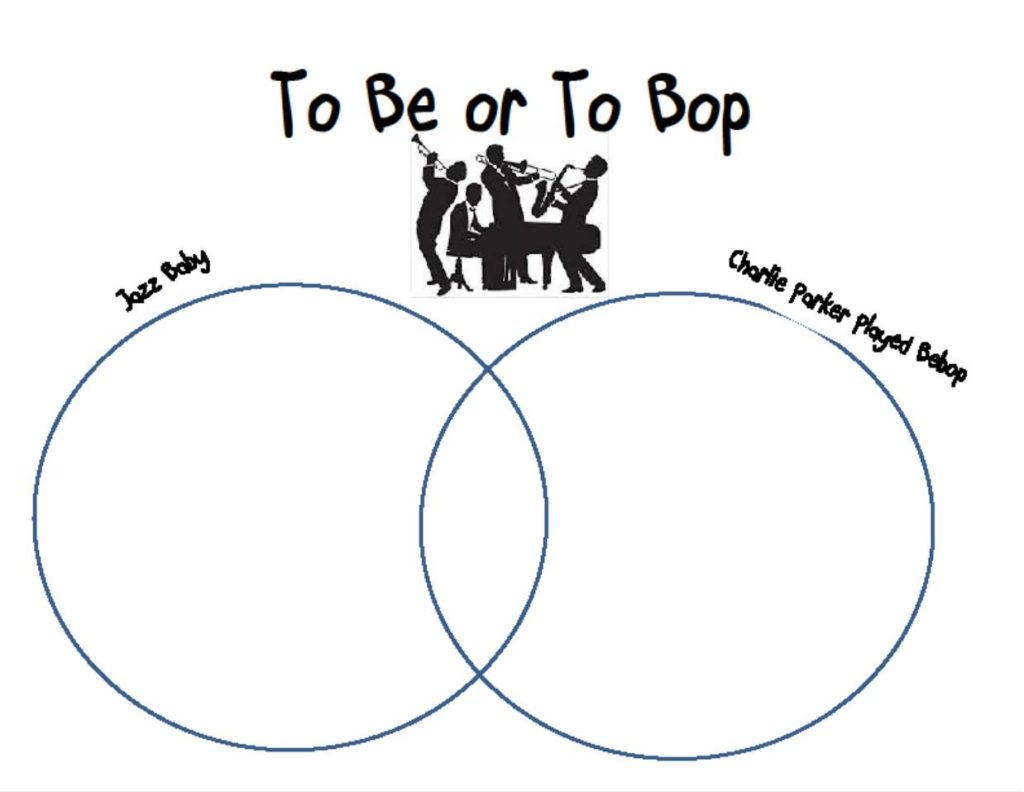
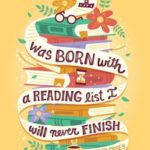
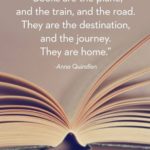
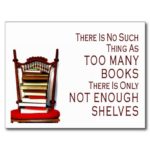
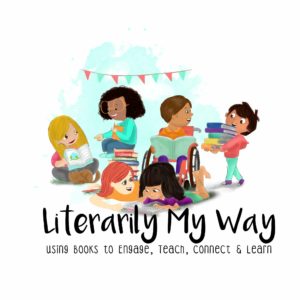
Truly when someone doesn’t know after that its up to other people that they will assist, so here it occurs.
I really like what you guys are usually up too. This type of clever
work and reporting! Keep up the very good works guys I’ve included you guys to
blogroll.
Thank you.
I blog frequently and I genuinely thank you for your information. This great article
has truly peaked my interest. I’m going to take a note of your website
and keep checking for new information about once per week.
I subscribed to your RSS feed too.
Thank you for your comments and for the time you are taking to check out my posts and to check for new posts. I also appreciate the subscription. I will be posting again by the weekend I took a break and worked on soem youtube videos.
I feel this is among the so much significant information for me.
And i am glad studying your article. However want to commentary on some general issues, The website taste is great, the articles is actually
nice : D. Good job, cheers
Thank you.